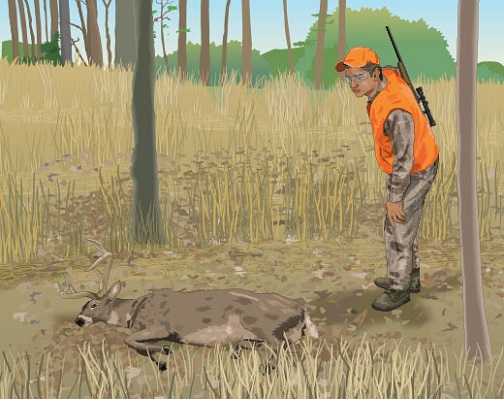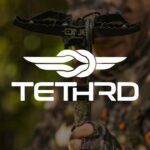LAST UPDATED: May 1st, 2015
Whitetail deer are commonly known best for their flight rather than their fight, as we’ve all seen the white flags of autumn signaling their typical responses to danger.
However, that’s not always true.
According to Action Reporter Media in Fond du Lac, Wisconsin, a 72-year-old deer hunter was attacked by a doe shortly after shooting it with his crossbow on January 2nd.
The injury was severe enough to warrant transportation by ambulance to St. Agnes Hospital but no details have been given on the severity of the wound or the victim’s name.
“Apparently the man was going through some thick brush and the deer leaped out and went after him,” Fond du Lac sheriff’s officer Jeff Bonack said. “The doe struck him in the leg with her head.”
While attacks by deer are extremely rare, such stories should be staunch reminders to all hunters on the importance of safely approaching wounded game.
A similar incident took place in Indiana in 2011, when a 62-year-old deer hunter was attacked and killed after scuffling with a deer he had just shot. The hunter, Paul Smith, left a voicemail with his son at 9 a.m. to let him know he had just shot a buck. An hour later Smith’s son called back, only to find out his father was attacked by the buck while approaching the deer to field dress it. Smith used his pocket-knife to finish the buck off but suffered a fatal laceration to the liver and later passed away before help arrived.
Return home safely to your loved ones after each hunt – remember to approach any down game with extreme caution. The following three rules should always be exercised to prevent accidents from taking place.
The above caption from HunterEd.Com shows the correct approach to walking up on a wounded animal.
1. From a short distance away, watch for any rise and fall of the chest cavity.
2. Look at the eyes. The eyes of a dead animal are typically open. Closed eyelids could signify an animal that is not yet deceased.
3. Approach cautiously from above and behind the animal, poking it in the furthest section away from the head as you can.






